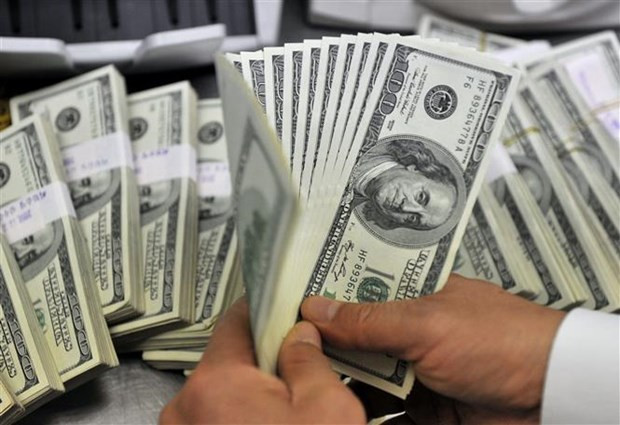Financial markets are betting that easing price pressures will keep the Fed from raising interest rates for the rest of 2023, according to an economist at High Frequency Economics in New York.

According to data released by the US Department of Commerce on September 29, core inflation pressures in the US eased in August 2023, with annual price increases falling below 4% for the first time in more than two years, a positive signal for the Federal Reserve (Fed) when considering monetary policy in the coming time.
Compared to the same period last year, the personal consumption expenditures (PCE) price index, the Fed's preferred inflation gauge, rose to 3.5% in August, up from 3.4% in July.
However, excluding volatile food and energy prices, the US core PCE index rose just 0.1% to 3.9% in August, after rising 0.2% to 4.3% in July. This is the first time since June 2021 that the US core PCE index has been below 4%.
Meanwhile, US policymakers are focusing on the super-core inflation measure - which excludes food, energy and housing prices - to gauge progress in the fight against inflation.
The super-core PCE index rose 0.1% in August, after rising 0.2% in July. The PCE index excluding energy and housing prices also rose 0.1% in August, after rising 0.5% in the previous month.
According to data from the US Energy Information Administration,Gasoline priceincreased rapidly in August 2023, peaking at $3.984/gallon (1 gallon = 3.785 l) in the third week of August, the highest level since early 2023.
Rising gasoline prices boosted consumer spending in August, with a 0.4% increase. July's consumer spending figure was also revised higher, with a 0.9% increase, instead of the previously reported 0.8%.
Adjusted for inflation, U.S. consumer spending rose 0.1% in August, after rising 0.6% in July. Economists expect consumer spending to regain growth in the third quarter of this year, after slowing in the previous quarter.
US gross domestic product (GDP) growth in the third quarter is now estimated at 4.9%, more than double the 2.1% growth rate in the second quarter.
Financial markets are betting that easing price pressures will keep the Fed from raising interest rates for the rest of 2023, said Rubeela Farooqi, chief economist at High Frequency Economics in White Plains, New York.
According to CME's Fed Watch tool, financial markets are now predicting that the Fed will keep interest rates unchanged at its meeting from October 31 to November 1.